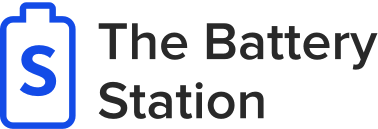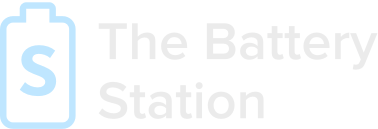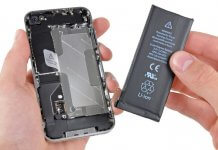If your screwdriver doesn’t want to function the way it should because of a battery malfunction, don’t hurry to buy another one. We’ll teach you how to restore battery screwdriver and make it last longer.</p> </p>
ReTable of Content</p></p>
- </li></ul></div></h2></body></html>
Table of Content</p></p>
- </li></ul></div></h2></body></html>


